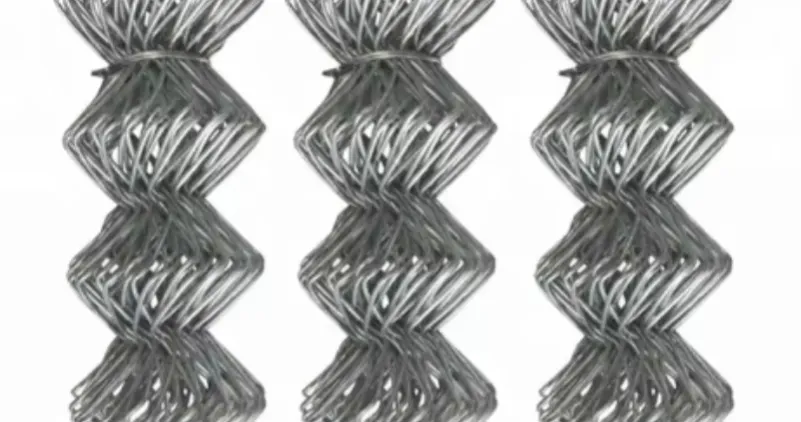-
 Phone:
Phone: -
 Email:
Email:

rock fall netting
Rock Fall Netting A Critical Solution for Slope Stability
Rock falls pose significant risks in mountainous and hilly regions, threatening lives, infrastructure, and ecosystems. To mitigate these dangers, one of the most effective solutions employed is rock fall netting. This technique not only stabilizes problematic slopes but also protects the surrounding environments from the destructive ramifications of falling rocks.
Rock falls occur when gravitational forces exceed the frictional forces holding rocks in place. Various factors contribute to this phenomenon, including weathering, freeze-thaw cycles, vegetation loss, and seismic activity. As rocks and debris tumble down slopes, they can cause devastating damage to roads, buildings, and any individuals who happen to be in the path of the falling material. Preventing such occurrences is crucial in protecting communities, particularly those located near mountainous regions.
Rock fall netting consists of a flexible system of netting materials designed to catch and deflect falling rocks before they can reach the ground. These nets are typically made from high-tensile steel wire or synthetic fibers, both of which offer durability and strength. When properly installed, they can effectively contain falling debris, providing a cushion that prevents larger rocks from causing significant harm.
rock fall netting

The process of implementing rock fall netting involves several key steps. First, site assessments are conducted to identify areas prone to rock falls. Factors such as slope angle, rock type, and vegetation cover are taken into account. Once the risk areas are identified, engineers design a tailored netting solution that fits the specific conditions of the site. This design often includes anchor points, tensioning systems, and integration with the landscape to ensure that the netting remains effective during significant rock fall events.
One of the primary benefits of rock fall netting is its relatively low environmental impact compared to other stabilization methods, such as rock blasting or extensive earthworks. Because the netting system is designed to work with the natural landscape rather than alter it drastically, it helps maintain the ecological balance of the area. Additionally, the installation process can often be accomplished with minimal disruption to the surrounding environment, preserving both flora and fauna.
Moreover, rock fall netting is a cost-effective solution. Compared to other stabilization methods, netting requires less material and labor, thus reducing overall project costs. Its maintenance is also straightforward, as periodic inspections and minor repairs are typically all that is needed to ensure the system remains functional.
In conclusion, rock fall netting represents a highly effective strategy for preventing rock fall incidents in vulnerable areas. By providing a barrier against falling debris, it safeguards lives, infrastructure, and the environment. As climate change and increasing human activity continue to amplify the risks of rock falls, the importance of such preventive measures cannot be overstated. Investing in rock fall netting technologies is not merely a matter of enhancing safety; it's a vital step toward sustainable management of our natural landscapes, ensuring that communities can thrive in harmony with their surroundings.
-
Wire Mesh for Every Need: A Practical SolutionNewsJul.25,2025
-
Steel Fences: Durable, Secure, and Stylish OptionsNewsJul.25,2025
-
Roll Top Fencing: A Smart Solution for Safety and SecurityNewsJul.25,2025
-
Cattle Farm Fencing Solutions for Maximum SecurityNewsJul.25,2025
-
Affordable Iron Binding Wire SolutionsNewsJul.25,2025
-
Affordable Galvanized Wire SolutionsNewsJul.25,2025
-
Wire Hanger Recycling IdeasNewsJul.25,2025








